“There ain’t nothin’ more powerful than the odor of mendacity” — Big Daddy, Cat on a Hot Tin Roof
Playwright Tennessee Williams penned some of the greatest masterpieces in American theatre — among them, The Glass Menagerie, A Streetcar Named Desire, Cat on a Hot Tin Roof, and Suddenly Last Summer.
His work, one might say, “went there,” tackling topics previously considered taboo: rape, sordid family secrets, lobotomy, homosexuality, cannibalism.
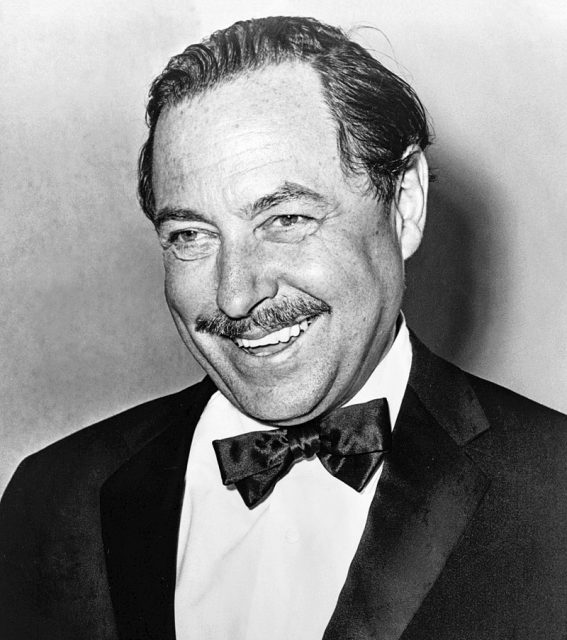
Williams’s own life was not without high drama. By the 1960s his health had deteriorated, due, in large part, to years of abusing sleeping pills and liquor, he was struggling with depression — particularly after the death of his longtime partner, Frank Merlo, in 1963 — and his career was in decline.
All of this would culminate when Williams suffered a mental breakdown in 1972.
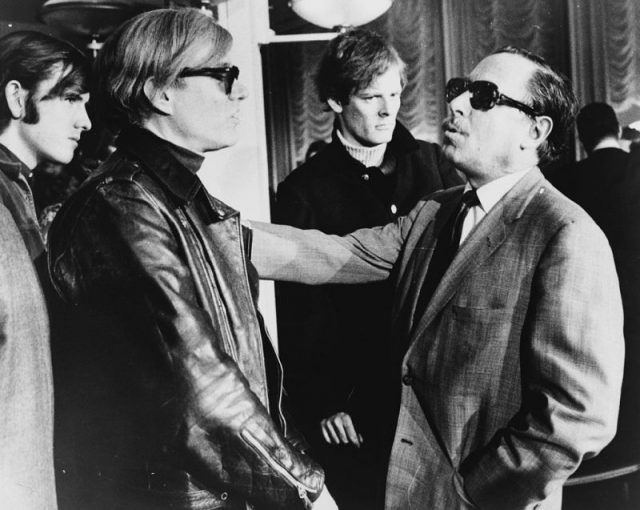
A decade later, on the morning of February 25, 1983, the curtain came down on an extraordinary career and tortured life. Williams, 71, was found dead on the floor of his suite at the Hotel Elysée in Manhattan by his personal assistant, John Uecker.
Initially, New York City’s chief medical examiner, Dr. Elliot Gross, listed the cause of death as asphyxia: Williams had accidentally choked to death on the plastic cap from a bottle of eye drops (or a nasal spray dispenser, depending on which story you choose to believe).

A bizarre way to meet one’s end, to be sure. It was surmised that for whatever reason, Williams placed the cap in his mouth then tilted his head back to apply the lubricant. The cap accidentally slipped down his throat.
But decades later, those who knew Williams well weren’t buying that theory, believing he died of Seconal intolerance. Williams, who suffered from insomnia, had been taking the prescription drug for years.
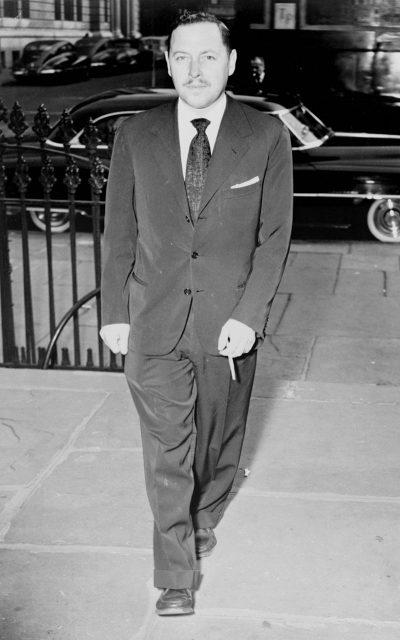
Bolstering that theory: an empty bottle of wine and containers of assorted prescription drugs were found on the nightstand in his room, and tests of tissue samples confirmed the presence of secobarbital and alcohol in his system.
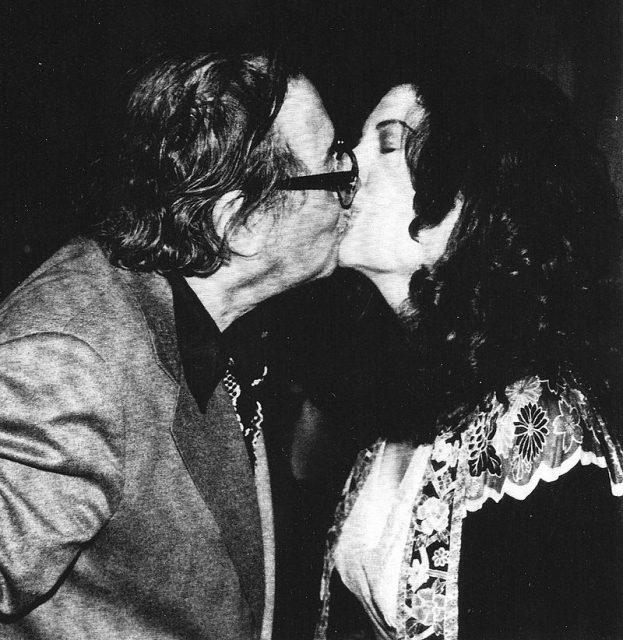
Why would the actual cause of death be concealed? It’s said that Uecker thought people would assume that Williams’s death was a suicide. So in an effort to prevent salacious gossip and protect the playwright’s legacy, he convinced the medical examiner to go along with the bogus explanation. In fact, it is still not known if Williams’s death was intentional or accidental. Even Williams’s funeral was not without controversy.
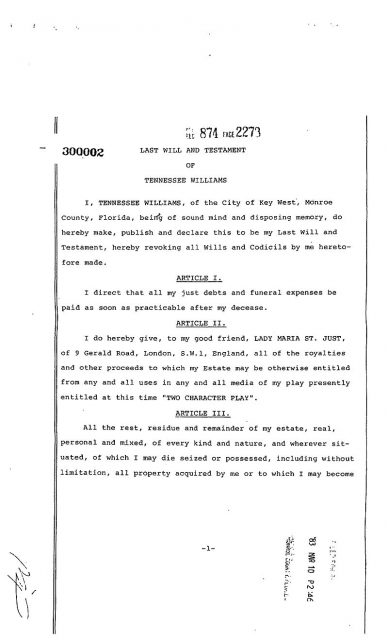
In his will, written in 1972, he requested to be buried at sea, “sewn up in a clean white sack and dropped overboard 12 hours north of Havana.” This was where 33-year-old poet Hart Crane — whose work Williams had admired since childhood — jumped to his death from a cruise ship. (Witnesses heard Crane say “Goodbye everybody,” as he hurled himself into the Atlantic.)
Related Video: The Drinking Habits of 8 Famous Writers
https://youtu.be/-Nz0a6yFEUc
But Williams’s estranged younger brother, Dakin Williams, would defy his wishes, insisting that his sibling had converted to Catholicism and would have wanted a Catholic burial.
In the end, Williams was interred at Calvary Cemetery in St. Louis, Missouri, just a few yards from his mother — who many believe was the inspiration for Amanda Winfield, the overwrought and overbearing matriarch in “The Glass Menagerie.”
In Tennessee Williams: Mad Pilgrimage of the Flesh, author John Lahr notes the irony: “And so it came to pass that Tennessee Williams was buried in the city he called “St. Pollution”; an Episcopalian by birth and a Roman Catholic by conversion, he went to his resting place in a Jewish coffin marked by a gravestone emblazoned with an Orthodox cross. The man who had wanted to be absorbed back into the Mother Ocean ended up spending eternity next to his mother, the woman he’d fled and kept at a distance for a lifetime.”
